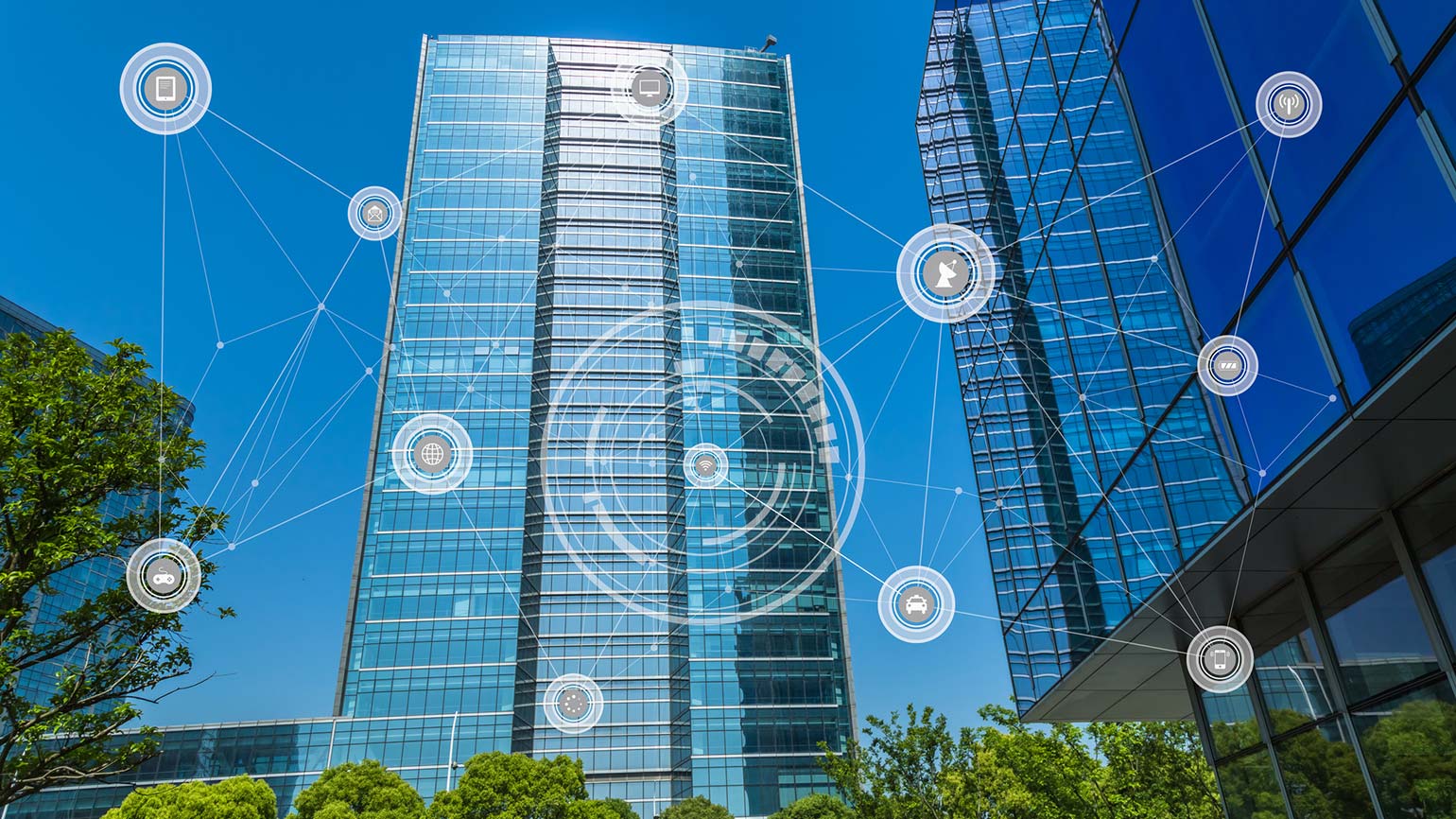
 5 Essential Smart Building Systems for the 21st Century CityWith the internet of things becoming more and more ubiquitous, it has become increasingly important for cities to ensure new buildings are able to grow into the future with robust and smart IoT capabilities. While every developer and/or local government will have their own priorities, there are a few systems that all new buildings should incorporate in order to keep pace with technological advancements.
5 Essential Smart Building Systems for the 21st Century CityWith the internet of things becoming more and more ubiquitous, it has become increasingly important for cities to ensure new buildings are able to grow into the future with robust and smart IoT capabilities. While every developer and/or local government will have their own priorities, there are a few systems that all new buildings should incorporate in order to keep pace with technological advancements.The first essential system that any building will need is a way to control who can and cannot enter various areas of the building. The key to these access control systems for buildings is that they do not simply act as a key to get into and out of a building. They can limit people’s access to only those areas of the building that are necessary. Further, these privileges can be created, revoked, or changed quickly and easily with digital controls. Such systems have a number of advantages, but the most valuable are the increased security it offers, the fact that it removes the need for keys, and the ease with which access can be granted or changed.
Just as it is vital to control who enters a building, it is equally important to control what enters a building – specifically, what pollutants enter a building. The effects of pollutants in a closed environment are well researched and include such ill effects as cognitive decline, nausea, and respiratory problems. In many cases, new buildings must be constructed in already polluted metropolises, and in these cases an air quality monitoring and filtration system is as important to the success of a building as the walls themselves. The most modern of these systems monitor the level of dangerous gasses and organic compounds in addition to keeping track of the level of particulate matter. The system can then either adjust the filtration or alert building maintenance crews to the need to replace filters or alter the airflow.
Lighting has been an important aspect of building design since even well before the Roman Empire. It is only in the last century and half, however, that we have had the ability to artificially control the way we experience lighting inside of our buildings. Recent advances in smart technology and LED production have taken this concept to a whole new level. Our brains are extremely sensitive to the amount, color, and quality of the light in our environments. And while this can cause problems, it can also be an opportunity to use smart technology to hack our brains into encouraging happiness and productivity. Smart lighting can be adjusted to fit the personal preferences of individual tenants while, at the same time, creating effects in common areas that fit everyone’s needs. A final advantage of smart lighting is that they are far more eco-friendly than their traditional counterparts. Not only do smart LED lights use a fraction of the energy that traditional lights do, they also can automatically turn off when not in use.
https://www.civilengineering.ai/5-essential-smart-building-systems-for-the-21st-century-city/

Post a Comment